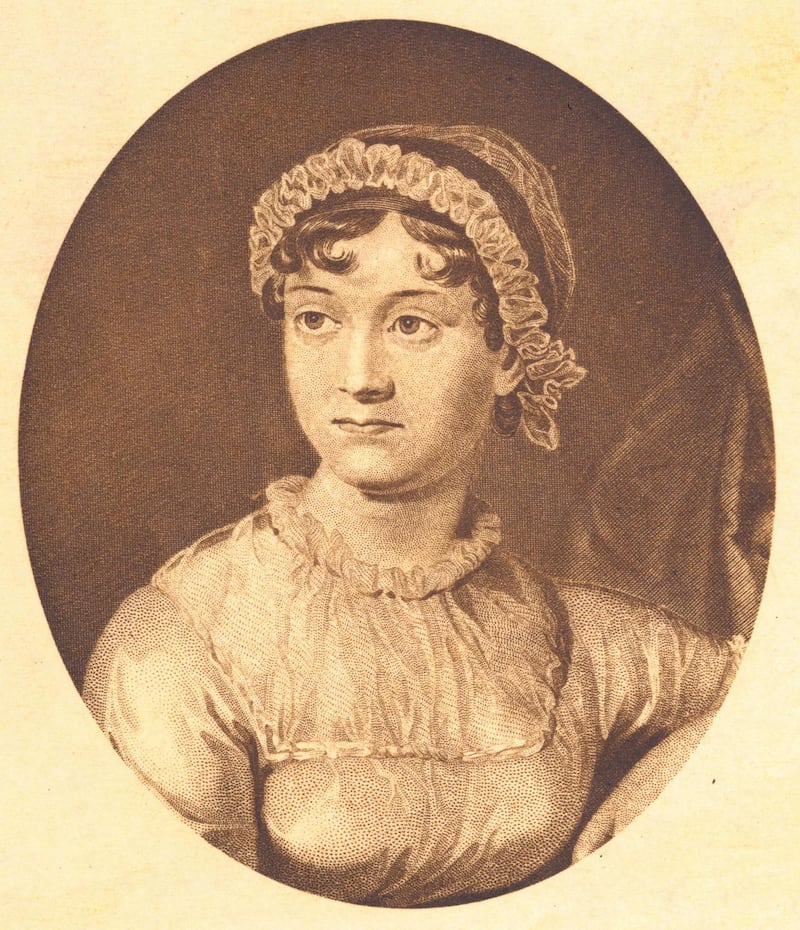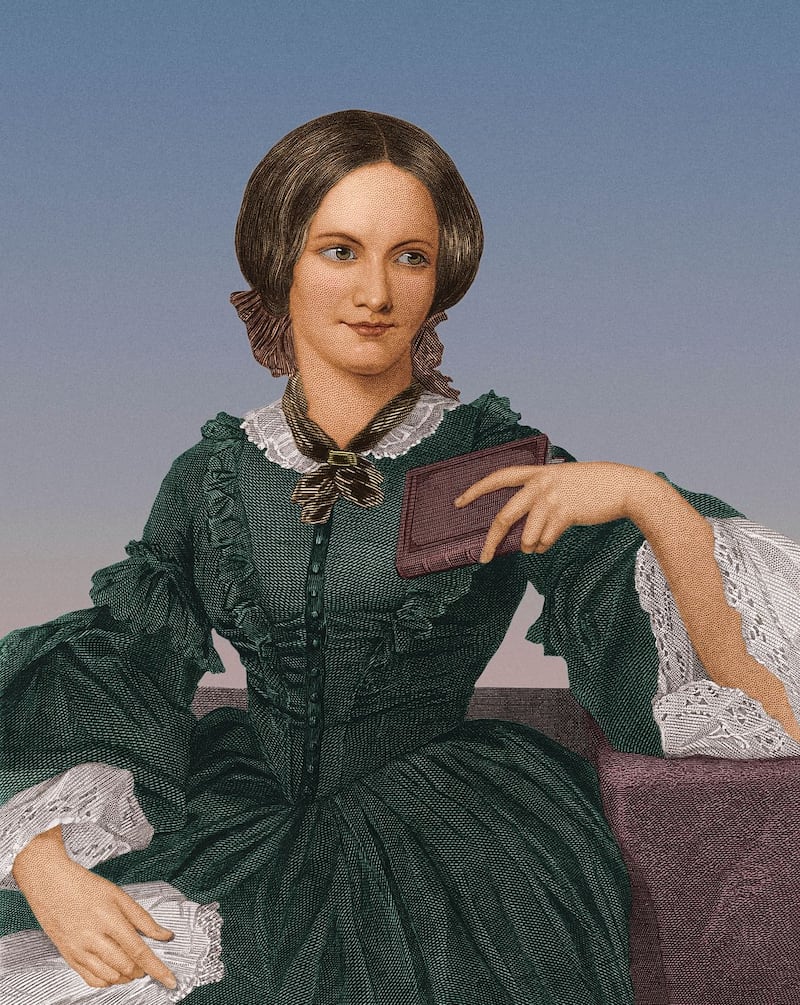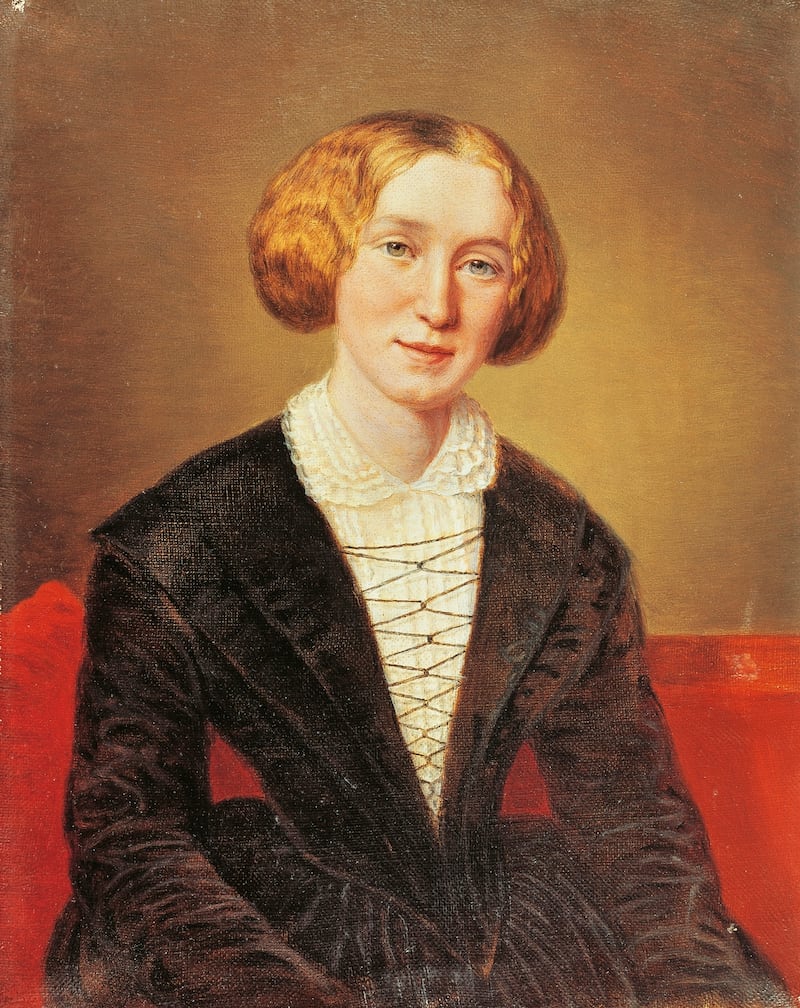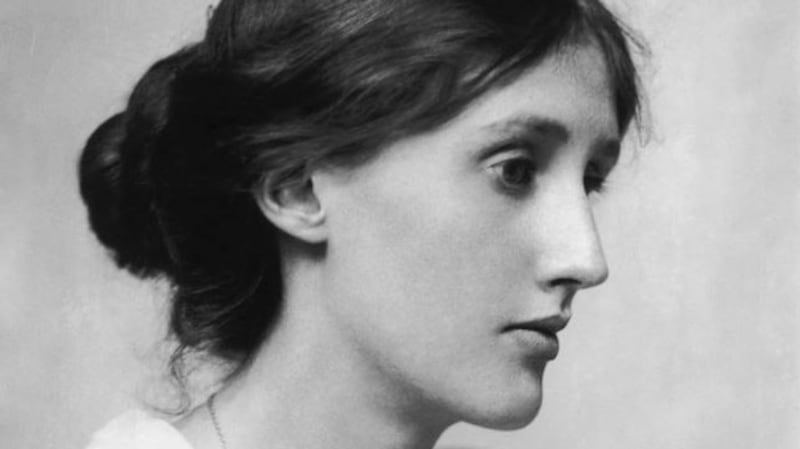Friendships between great literary men have become the stuff of legend: William Wordsworth and Samuel Taylor Coleridge tramping the Lakeland fells; Lord Byron and Percy Bysshe Shelley boasting of their sexual escapades; F Scott Fitzgerald and Ernest Hemingway fuelling their road-trips with whisky.
The most famous female authors, on the other hand, are remembered as solitary eccentrics. The Jane Austen of popular imagination is a timid spinster, devoted above all else to kith and kin. Charlotte Brontë knows little of the world beyond the moorland parsonage where she languishes with only the company of her sisters. George Eliot is a lofty honorary man, who shuns more conventional Victorian ladies. Virginia Woolf’s suicide casts a long and melancholic shadow.
Our own experiences as female friends led us to question these myths of extreme isolation. We met over a decade-and-a-half ago, when we were in our early twenties, and taking our first steps as writers. In the years since, we have become each other’s first critics – often reading multiple drafts of work-in-progress. We’ve walked each other through important career decisions, celebrated publication successes together, been there for each other during those tougher times when the rejection slips came thick and fast.
The value we place on our own writing friendship made us hopeful that our literary heroines of the past enjoyed similarly supportive bonds. And so, armed only with that sense of optimism, we set out to investigate further. Our research would take us to museum and library archives on either side of the Atlantic; to unpublished letters and diaries; and even to two hitherto unknown Austen family papers.

These documents shed new light on Jane Austen’s closest literary friend, a woman named Anne Sharp. Sharp was officially employed as the governess of Austen’s niece, but she was also a keen amateur playwright. She and Austen defied rigid social conventions to forge a class-defying bond, which lasted from the early 1800s to the time of Austen’s death, 200 years ago last month. During the course of their friendship, the pair encouraged each other’s ambitions. Austen acted in one of Sharp’s household plays, walking a mile in her friend’s shoes by taking on the role of teacher. Years later, after Austen finally achieved her long-held dream of becoming a published author, Sharp offered hearty congratulations but also helpful words of criticism. This candour reveals that the two writers managed to bridge the widening gap in their literary as well as social status. After Austen’s death at the age of 41, she would leave behind deeply personal mementoes for her friend: a silver needle, a pair of clasps and a lock of hair.

Charlotte Brontë also had someone outside her close-knit family to whom she could turn for literary support. Mary Taylor, the future author of the early feminist novel Miss Miles, met Brontë in 1831, when they were both adolescent boarding school students. An outspoken and unconventional personality, Taylor challenged the then socially conservative views of her classmate, particularly concerning the position of women in society. Later, when they’d both reached their twenties, Taylor convinced Brontë to accompany her to Brussels. Here, the pair would further their education, but Brontë ’s stay ended in heartbreak after she fell in love with a married man. Taylor’s influence on Brontë can be felt not just in the books directly influenced by her Brussels years, but also in her most outwardly political novel Shirley, in which Taylor inspired the character of the forward-thinking Rose Yorke.

Rather than being an aloof individual, George Eliot, it transpires, enjoyed a transatlantic friendship with Harriet Beecher Stowe, the author of antislavery novel Uncle Tom’s Cabin. In contrast to Austen and Sharp, or Brontë and Taylor, Stowe and Eliot were already literary celebrities by the time they became acquainted in 1869. As the most famous living female authors either side of the ocean, their unique level of fame united them. Despite never having the chance to meet, the two would go on to establish a genuinely close bond through their regular exchange of letters. Each had long greatly admired the other’s talents even before they became friends. In their correspondence, they often discussed their work. And Eliot’s final novel Daniel Deronda, with its titular Jewish protagonist, bears the influence of Stowe’s most famous book, which also focuses on racial prejudice.

Unlike these three 19th-century pairs, too often overlooked by literary historians, the relationship between Katherine Mansfield and Virginia Woolf has been more widely remembered – but for all the wrong reasons. While usually dismissed as bitter foes, these two in fact enjoyed an affectionate if tempestuous friendship. Although their alliance was regularly knocked off course by jealousy or misunderstanding, the two ambitious women kept being drawn back to each other through mutual recognition of their shared literary talent. Woolf was deeply hurt when Mansfield publicly criticised one of her novels for failing to acknowledge in form or content the damage inflicted by the first World War. But, in time, Woolf would benefit from Mansfield’s insights. Woolf’s next three books – all war novels – represent a shift to the Modernist style, for which she has been best remembered.
Our research into these important female literary bonds eventually led us to pen a book of our own, A Secret Sisterhood: The hidden friendships of Austen, Brontë , Eliot and Woolf. Writing together would prove a rewarding process, although, on occasion, a frustrating one. Our once frequent relaxed meet-ups for coffee or drinks after work were replaced by hours sitting side-by-side at a desk and a joint schedule governed by publishers’ deadlines. Acquaintances worried about whether our friendship could survive.
But one of the benefits of writing a book about friendship is that we had the examples of our literary heroines to guide us. Austen and Sharp taught us the importance of candour, and from Woolf and Mansfield we learned that even some of the most challenging differences of opinion might ultimately improve our work. Publishing a book together offered us the chance to remedy each other’s weaknesses and gain from each other’s strengths – an intense experience that would enrich not only our writing but also our lives.
A Secret Sisterhood: The hidden friendships of Austen, Brontë, Eliot and Woolf by Emily Midorikawa and Emma Claire Sweeney is published by Aurum Press












